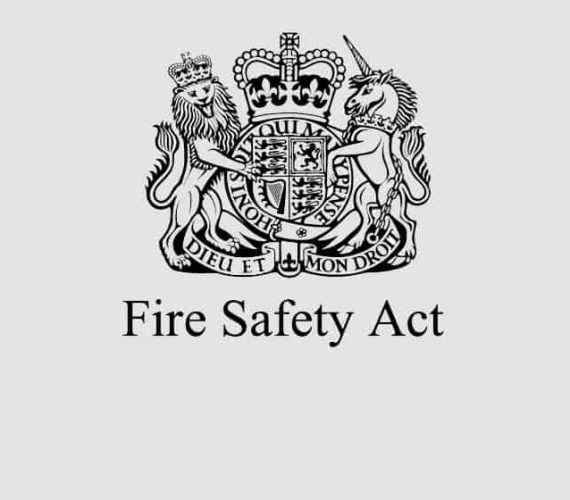If you’re a business owner, landlord, employer or even an occupier of business or non-domestic premises, you could be legally responsible for the fire safety of anyone who could be affected by a fire there. The UK Government can impose penalties and enforcements for businesses who do not follow regulations, so safety and compliance should be a priority.


Are You Fire Safe And Compliant?
Do you need a Fire Safety Assessment?
Fire Safety Responsibilities
What you need to know
- In 2021, there were a staggering 280 fire-related fatalities in the UK
- Most fires were caused by electrical/battery faults
- 93% of fires were successfully dealt with by fire extinguishers
- Fire alarms should be tested weekly and serviced every six months
- Correctly installed fire doors can offer up to 60 minutes protection
What we do
Our Fire Safety Services
Our qualified Assessors can carry out an in-depth Fire Safety Assessment at your premises, before providing a full evaluation and experienced professionals to rectify any risks.
FIRE ALARMS
SPRINKLERS
EMERGENCY SIGNS
FIRE EXTINGUISHERS
FIRE DETECTORS

Are you compliant?
All fire safety legislation is stated in the The Regulatory Reform (Fire Safety) Order 2005. However, this can be difficult to understand if you're not a fire professional. We've broken down some things to look out for when considering your fire safety precautions and being compliant.
Did you know, in 2021, three-quarters of fire doors inspected did not meet the required standard. This means that 75% of buildings were not effectively protecting the people inside them from the spread of fire.
Fire doors are so important for your fire safety strategy - they can slow the spread of smoke and fire, giving people time to escape and the fire brigade to arrive, which is why they should never be propped open.
You should ensure you get an accredited professional to install your fire doors, and that they have the correct certification. Look for British Standard (BS) Parts 22 and 31 or BS EN 1154.
It's against the law to not have working fire alarms installed in your building. You should use an accredited company to source and install these, and they should be tested weekly and serviced every 6 months.
You will also benefit from installing sprinklers, which react to heat and spray water across the room to suppress the fire. They work to help minimise fire damage and give people more time to escape a fire.
UK fire extinguisher standards recommend that you should have a minimum of two ‘Class A’ extinguishers on every storey of the building. Class A fire extinguishers are those which put out wood or paper fires, also known as ‘carbinaceous’ fires.
Class A fire extinguishers meeting this regulation are:
– 3 litre foam extinguishers
– 6 litre foam extinguishers
– 9 litre water extinguishers
So you need at least two of any of the above on each floor, unless you're a small company and having two would restrict access to exits, in which case one is acceptable. If you have electrical equipment, you'll need a CO2 extinguisher too. The number required depends on the size of the area to be protected and whether the business is classed as low or high risk.
Fires can be especially dangerous if employees haven't received proper training or taken part in regular fire drills. You should have a clear and concise evacuation plan that shows a route to the nearest fire exit and to the designated evacuation point.
It's imperative that employees are aware of this process and know the steps to take in the event of a fire. We can help assess your procedures and put a clear plan in place.
Free Consultation
Get in touch to schedule your free consultation call today.


